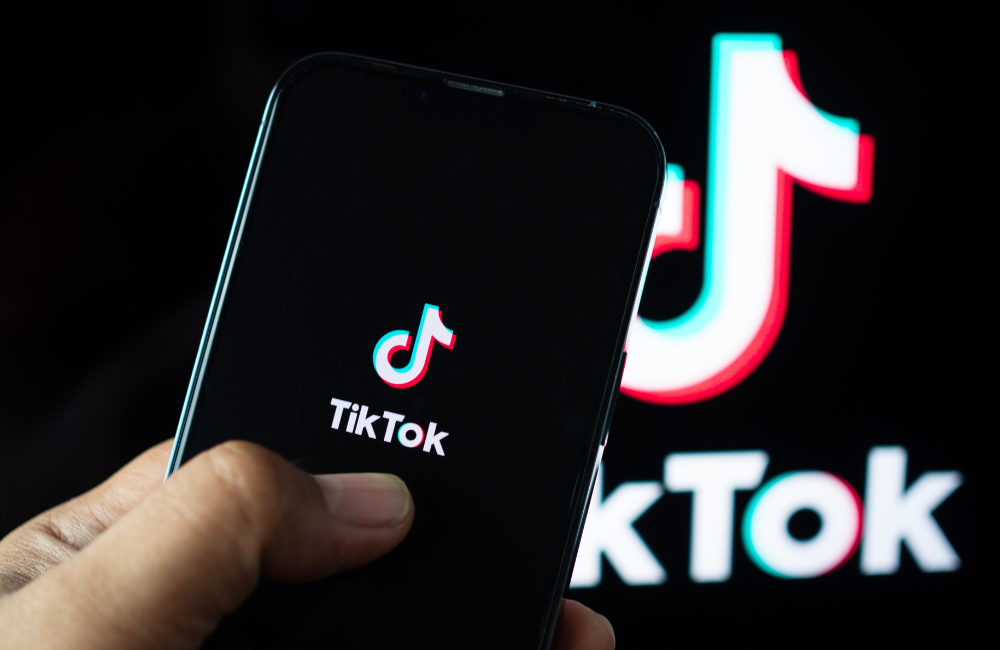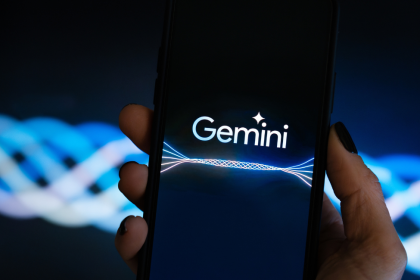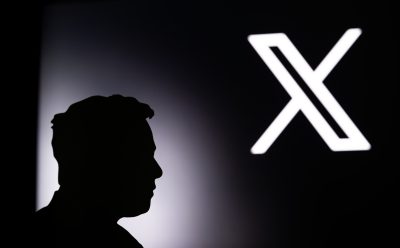TikTok will show teenagers guided meditation if they are scrolling on the app past 10pm. This initiative comes as research shows many teens use social media close to bedtime, significantly impacting their sleep quality.
The company has launched the new initiative in an attempt to tackle some of the mental health problems associated with social media as tech behemoths come under increasing pressure to protect young people. Excessive nighttime social media use has been linked to increased anxiety and depression symptoms among adolescents.
If a teenager is using TikTok later than 10pm, their feed will be interrupted by a meditation exercise that is aimed at promoting better sleep. Health experts note that blue light from screens can suppress melatonin production, making it harder to fall asleep naturally.
Should they choose to ignore the prompt, the app will show a second, full-screen prompt that is harder to dismiss. This two-step intervention approach has proven effective in behavioral psychology studies, showing increased compliance compared to single prompts.
It will also be available for adults using the video-sharing platform but will be switched on by default for users under the age of 18. The feature could benefit millions of young users worldwide.
TikTok claims that 98 per cent of teenagers kept the meditation experience switched on during testing for the feature. Brief mindfulness interventions have been shown to reduce anxiety even with just a few minutes of practice.
The company has also announced an initiative to give advertising space to mental health charities on the app amid growing calls to prioritize younger users. This approach could deliver supportive mental health resources to receptive audiences through TikTok‘s algorithm.
In the UK, companies will be fined and even banned from July if they do not take measures to prevent harmful content from appearing on youngsters’ social media feeds. The financial consequences for non-compliance could be substantial.
Watchdog Ofcom published the final version of its children’s codes, as part of the Online Safety Act, to set out what the sites must to do to protect the welfare of young people. The guidelines cover various aspects from content moderation to user experience design.
It says that they are a “reset for children online” and will mean “safer social media feeds”, but some campaigners don’t think the legislation goes far enough. Critics point to enforcement challenges and the rapid pace of technological change.
Health professionals have welcomed TikTok’s meditation feature as a positive step toward addressing digital wellbeing. The American Academy of Pediatrics has found that teenagers using screens before bed are more likely to report insufficient sleep on school nights.
The guided meditations were developed with sleep specialists and mental health experts to address the cognitive arousal that often accompanies social media use. These exercises incorporate breathing techniques and visualization designed to counteract the stimulating effects of content consumption.
Initial reports suggest the feature may be having positive impacts, with reductions in late-night usage among teenage users in test markets where the feature was deployed ahead of the global rollout.
Social media platforms have faced mounting criticism for their impact on youth mental health, with studies linking excessive use to increased rates of anxiety, depression, and poor sleep habits. Researchers have found connections between heavy social media use and various mental health challenges among teenagers.
The meditation initiative represents part of a broader trend of “digital wellness” features being introduced across the tech industry. Other platforms have implemented screen time limits, usage dashboards, and content filters in response to growing concerns.
Child safety advocates note that while such features are welcome improvements, they must be part of a comprehensive approach to online safety that includes parental involvement, digital literacy education, and continued platform accountability.
As regulatory frameworks continue to evolve globally, tech companies face increasing pressure to demonstrate proactive measures to protect younger users. TikTok’s meditation feature represents one approach to addressing these concerns while maintaining user engagement with the platform.
This initiative reflects growing awareness about the importance of digital wellbeing, especially for younger users who may be more vulnerable to the negative effects of excessive social media use. By integrating mindfulness practices directly into the user experience, TikTok is acknowledging its role in promoting healthier digital habits.















